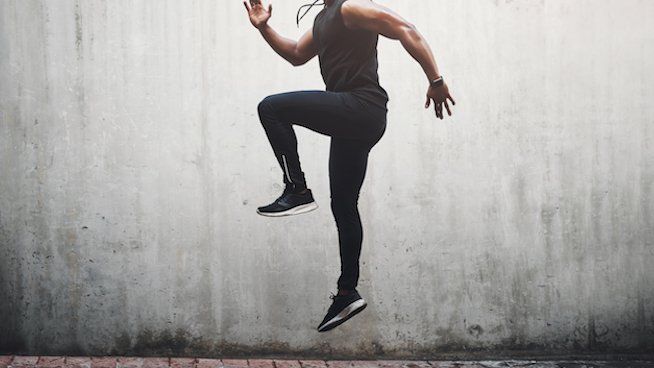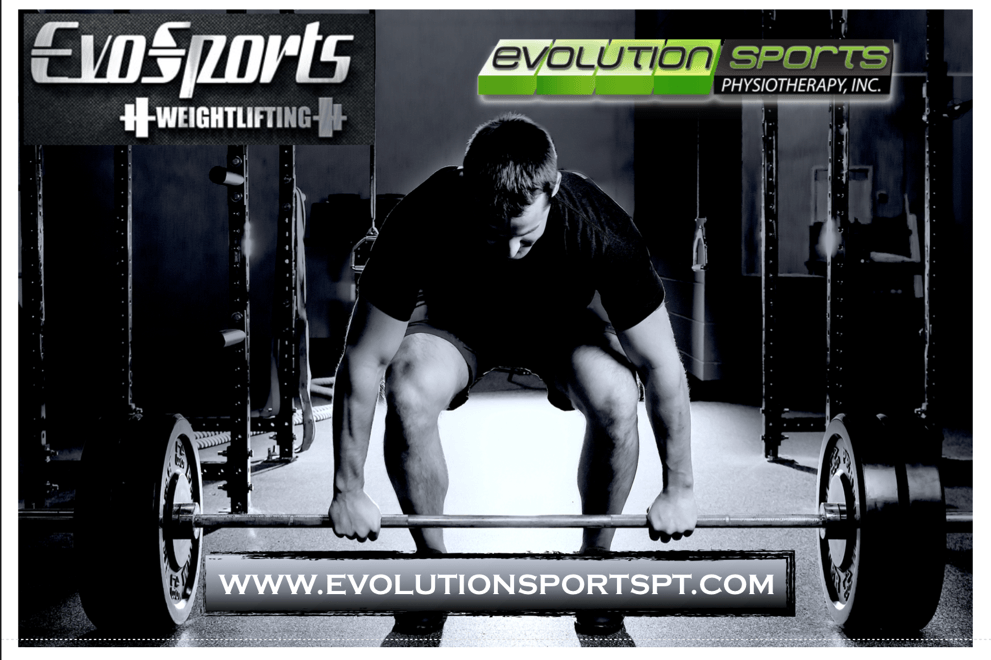Which type of programming periodization is best for you?
Understanding Periodization
There are many methods of training periodization within the realm of strength and conditioning that encourage long-term athletic development. However, it can often be overwhelming to discern which type is most beneficial for you, or whom you’re training. In this blog we’ll aim to shed some light and highlight similarities between undulating, linear, block, and conjugate periodization.
The main goal behind any model of periodization is to provide a stimulus, encouraging growth and adaptation through recovery. According to the NSCA, periodization is the logical and systematic process of sequencing and integrating training interventions in order to achieve peak performance at appropriate time points (1). The General Adaptation Syndrome (GAS) is the basic, underlying principle within periodization. It is a three-stage response to stress including: alarm, resistance, and exhaustion.
Linear periodization refers to breaking the training program into macro-, meso-, and microcycles (longer versus shorter duration) and increasing intensity while decreasing volume over time. The primary goals include reducing the potential of overtraining, peaking at the appropriate time, and providing maintenance for sport within the specific season.
Undulating periodization refers to the later introduced alternative model to linear periodization. It involves large daily (within the microcycle) fluctuations in the load and volume of assigned core resistance training exercises (1). More specifically, the first day of the week an athlete may have a strength focus, while in the middle of the week there is a hypertrophy focus, and later in the week there is a power focus. This model of periodization encourages results in shorter phases of training and stresses the neuromuscular system through continuous change that helps to overcome plateaus.
The conjugated sequence model is more complex than the aforementioned models. It’s typically composed of three mesocycles in which training is concentrated to ultimately accomplish one major goal such as speed development. This model is usually structured for more advanced athletes with its central principles including concentrated loading, transmutation, and recovery mesocycles in order to take advantage of delayed training effects (2).
The macrocycle of block periodization is divided into several phases (blocks) each with a unique goal and duration varying from 2-6 weeks. Each block focuses on developing a few selected abilities using concentrated stimuli (3). They transition from hypertrophy, to strength, to power. Studies show that this model has found significant maximal strength increases in participants of both genders and greater improvements after weekly undulating and linear periodization models compared with a daily undulating periodized program (3).
Ultimately, there’s no right or wrong model of periodization. Each has it’s own time and place dependent upon the needs and time available to reach them.
If you're looking for help building a program or would like to have an individualized program built for you, take advantage of our Online Programming Services! Our in house strength coaches will take you through a fitness screen and needs analysis to build the best program possible to help you reach your fitness goals. We've worked with beginners all the way up through elite athletes and everyone has seen great results! To get started contact our Strength Coach Tyler Ackerman at tyler.ackerman@evolutionsportspt.com.
Blog written by: Strength and Conditioning intern Christopher Fusco
References:
1. Haff, Greg, and N. Travis Triplett. Essentials of Strength Training and Conditioning . Human Kinetics, 2016.
2. Haff, Greg, and Erin Haff. “Understanding the Conjugated Sequencing Model.” NSCA , www.nsca.com/education/articles/understanding-the-conjugated-sequencing-model/.
3. Bartolomei, Sandro, et al. “Block vs. Weekly Undulating Periodized Resistance Training... : The Journal of Strength & Conditioning Research.” LWW , Journal of Strength and Conditioning Research, Oct. 2015, journals.lww.com/nsca-jscr/Fulltext/2015/10000/Block_vs__Weekly_Undulating_Periodized_Resistance.1.aspx.











